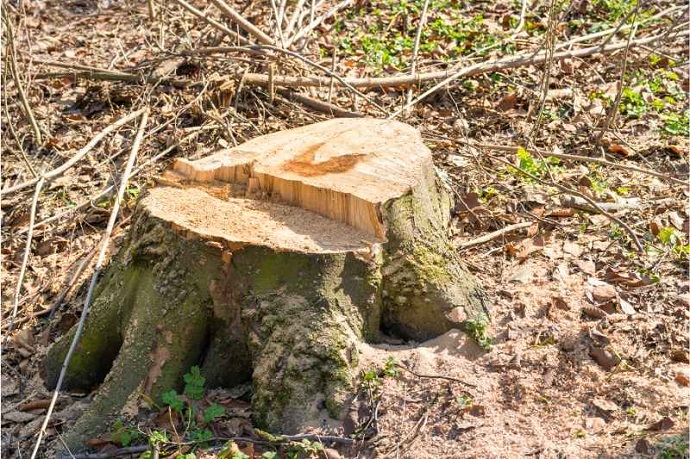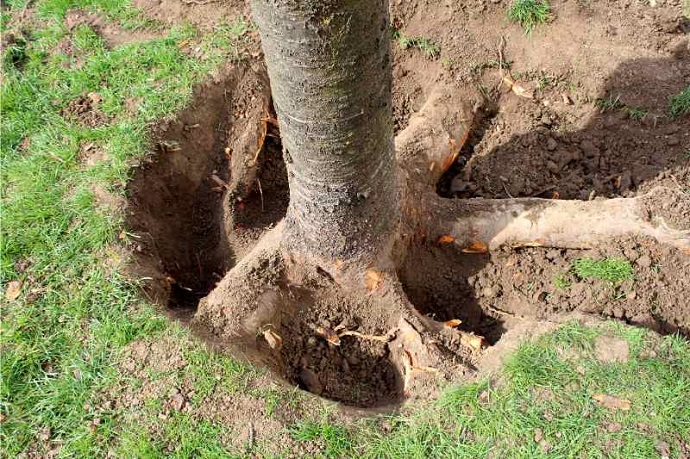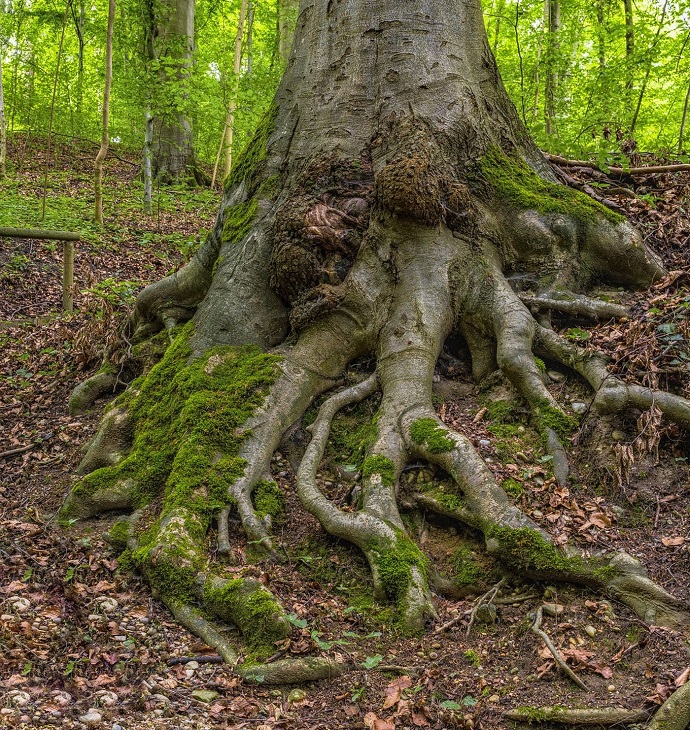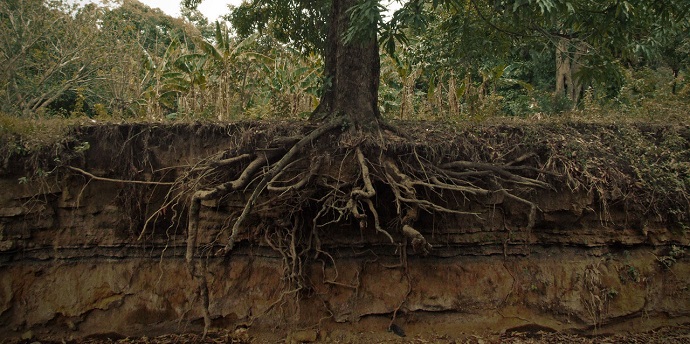Trees are a beautiful addition to any landscape, providing shade, fresh air, and aesthetic appeal. However, their roots often have a mind of their own, growing unpredictably in search of nutrients and water. While some tree roots settle harmlessly underground, others become invasive, creeping into foundations, plumbing systems, and pavements, causing extensive damage.
There is a common misconception that removing tree roots is unnecessary or even harmful to the environment. While trees are valuable, there is a fine line between a thriving landscape and one that is at risk due to unchecked root growth. Understanding the purpose of tree stump removal is necessary for maintaining the safety and integrity of your property while ensuring a balance between nature and practicality.
Why Remove Tree Roots?
The purpose of professional tree roots removal isn’t to harm trees without reason. It’s about protecting homes, landscapes, and even other trees from potential damage. Here’s why it’s sometimes necessary:
1. Preventing Property Damage
Tree roots can be relentless, growing under patios, driveways, and even the foundations of buildings. Over time, this can cause cracks, instability, and costly structural issues. Tree root removal can help prevent this damage, so your home and landscaping remain intact.
2. Protecting Underground Pipes and Sewer Systems

A tree’s root system naturally seeks out moisture, and unfortunately, underground plumbing provides an abundant source of it. Roots can infiltrate small cracks in pipes, eventually expanding and leading to leaks, blockages, or even complete pipe failure. Regular tree stump removal and root management help prevent costly plumbing repairs.
3. Maintaining a Healthy Landscape
Tree roots compete with grass, shrubs, and flowers for water and nutrients. When roots spread unchecked, they can deprive other plants of essential resources, leading to patchy lawns and unhealthy greenery. By managing tree root growth, you create a balanced environment where all plants can thrive.
4. Eliminating Tripping Hazards
Exposed tree roots can be a major safety concern, especially in gardens, walkways, and playgrounds. If left unmanaged, they create uneven surfaces that pose a tripping hazard for children, the elderly, and even pets. Removing hazardous roots makes outdoor spaces safer for everyone.
5. Preventing Tree Instability
Sometimes, a tree’s own growth can put it at risk. If certain roots are damaged or obstructed, the tree may become unstable, increasing the likelihood of falling during storms or strong winds. In some cases, removing the roots is necessary to maintain tree health and stability rather than endanger it.
When Is Root Removal Necessary?

While not all tree roots need to be removed, some situations make it a necessity.
- When roots are damaging structures: If you notice cracks in your driveway, pathways, or foundation, aggressive roots may be the cause. Addressing the issue early can prevent costly repairs.
- When they invade plumbing and sewage lines: Slow drains, gurgling toilets, and unexplained leaks could indicate that tree roots have infiltrated underground pipes. In such cases, root removal is essential.
- When they interfere with landscaping plans: If you’re planning to install a new garden, patio, or swimming pool, existing roots may need to be removed to prevent future complications.
- When they create safety hazards: If roots are lifting pavement, creating uneven walkways, or causing tripping risks, it’s best to have them removed.
- When a tree has been removed, but the roots remain: After tree removal, the remaining roots can continue to grow, potentially causing issues even after the tree is gone. This is why tree stump removal is often recommended alongside root extraction.
When to Call in the Professionals
While minor root issues can sometimes be managed with DIY solutions, there are cases where professional intervention is the best (and safest) option. Here’s when you should consider calling an expert:
- If the root system is extensive: Large, deep roots require specialised equipment for safe removal. Professionals have the right tools and experience to handle them efficiently.
- If the roots are near utilities: Removing roots near underground pipes, electrical cables, or gas lines is risky. Experts know how to remove roots without causing further damage.
- If the tree’s stability is in question: Improper root removal can weaken a tree, increasing the risk of falling. Arborists can assess the situation and ensure that the tree remains stable.
- If stump grinding is needed: After a tree is cut down, tree stump removal through grinding is the most effective way to eliminate leftover roots and prevent regrowth.
- If legal restrictions apply: Some areas have regulations regarding tree removal. A professional can guide you through the process and ensure compliance.

Conclusion
Roots play an essential role in supporting trees and the surrounding ecosystem, but they can also become a source of problems when they grow unchecked. Tree roots removal is sometimes necessary to protect properties, prevent plumbing issues, and maintain safe and healthy landscapes.
Knowing when to take action, and when to call a professional, ensures that you keep the right balance between preserving nature and protecting your home. Whether it’s preventing foundation damage, avoiding costly repairs, or making your garden safer, managing tree roots wisely is a step towards a more secure and well-maintained outdoor space.
If you’re dealing with stubborn roots or a leftover stump, consulting an expert in tree stump removal can help you reclaim your landscape with ease and efficiency.





















